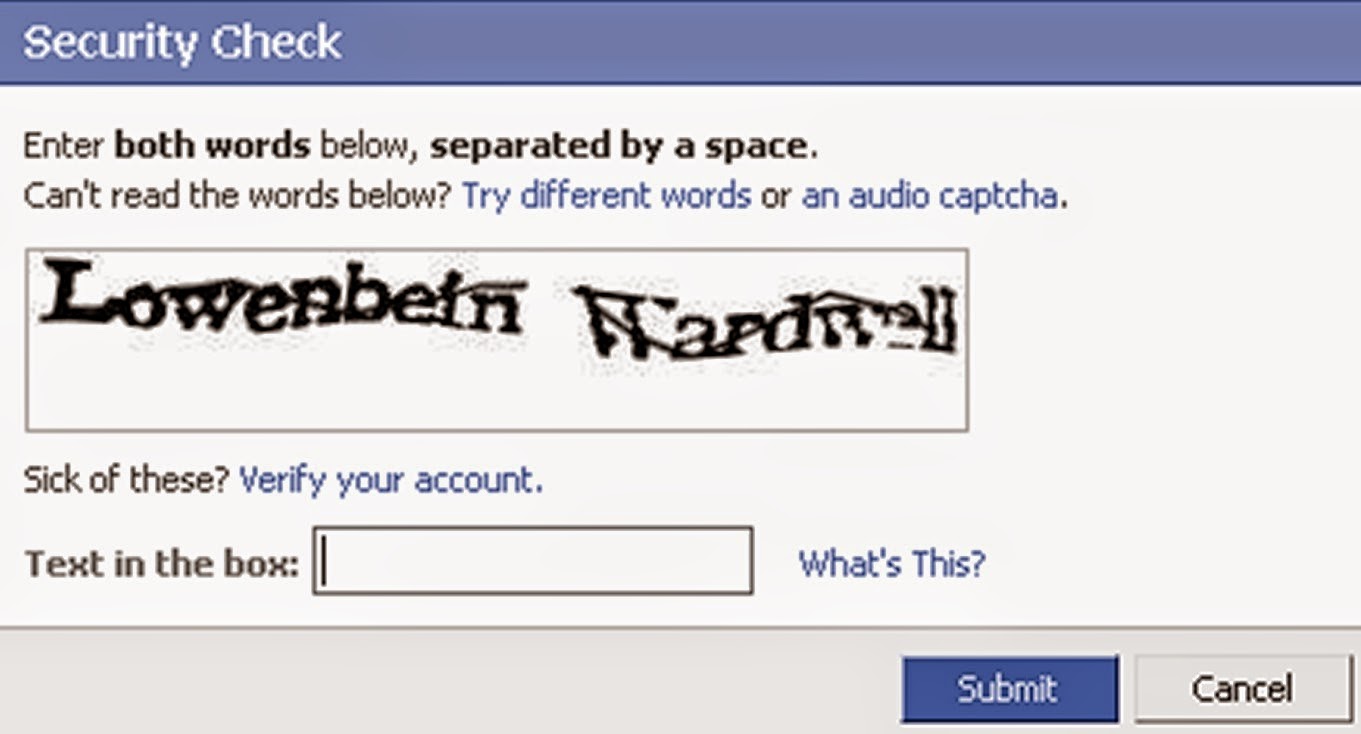Encrypted devices at the hand of the governmental agencies seem like a bliss but same is made available for the common public or more importantly lands in the hands of terrorists then world appears to be in danger. U.S. government is currently failing to gain an upper hand in the fight to compel the tech giant Apple and others to give access to their encrypted devices. But having to these encrypted devices and technologies will not be enough to marginalize the wide availability of same technologies to the terrorists and criminal minded individuals.
How the encrypted service or devices turns to be out-of-reach of U.S. government
Most of the encrypted products and services are made by the developers who are from all parts of globe. In simple words most of the encryption projects happens to be open source in nature which brings an amalgamation of great developers from across the globe and it puts them out of government’s reach as well.
An example will help in understanding the limitation of governmental agencies in going after the encrypted services and products. There is a popular instant messaging service based in Germany called Telegram and it offers one of kind encrypted chat functionality. Another encrypted services provider which helps in encrypted voice call and test messages is called Silent Phone which is based in Switzerland. They are simply out of reach of the U.S. government but are easily available for the public and criminal minded individuals alike.
Open source projects are simply driving the ushering of encrypted technologies reach
A research conducted by the Open Technology Institute has revealed that there are about 16 different applications for encrypted communications are being developed outside of US mainly through the open source projects.
U.S. government hands are simply tied as it can’t stop the developers from developed such application outside its borders. However it is enraging a battle against the domestic companies which offers encryption services to its consumers.
Even more number of common users has started making use of strong means and forms of encryption technologies than before for their own reasons. This has made it necessary for the tech companies to bring such encrypted features in their own applications as default in order to reign in consumers from adopting other applications. iPhone has already brought the features of setting up the password by default in order to encrypt the information stored on the device. On other hand Facebook owned Whatsapp is thinking aggressively about bring an encrypted texts and messages features on its instant messaging platform.
U.S. government has finally understood that with continuous availability and emergence of new mode of encrypted communication applications it is not feasible to reign in the availability to the users. But as it is working on other front of reducing the amount of information which is likely to get encrypted by bringing in default encryption features in the popular applications and devices. In other words U.S. battle against encryption is not going to stop the common users and terrorist alike from using the encryption technologies in future.






















